



1. Sudety Mts. Polyfloral Honey (in Polish: Sudecki miód wielokwiatowy)
A mild, sweet and strongly scented honey containing organic acids present in the flora of the Western Sudety Mountains. It possesses healing properties.
2. Sudety Mts. Buckwheat Honey (in Polish: Sudecki miód gryczany)
A sticky, coarsely granulated honey with a strong aroma and intense flavour. It protects the liver and is used in the treatment of anaemia.
3. Polyfloral Honey from the Barycz River Valley (in Polish: Wielokwiatowy miód z Doliny Baryczy)
A thick, mild and sweet honey from an area free from contamination by above threshold value industrial dust and toxic heavy metals.
4. Heather Honey from the Lower Silesian Old-Growth Forests (in Polish: Miód wrzosowy z Borów Dolnośląskich)
An amber or pale yellow sweet honey with a pungent, slightly bitter taste and a strong scent suggestive of heather. It is often 80% or more pollen of the heather flower and contains flower pollens typical of the flora present in the Lower Silesian Old-Growth Forests (in Polish: Bory Dolnośląskie).

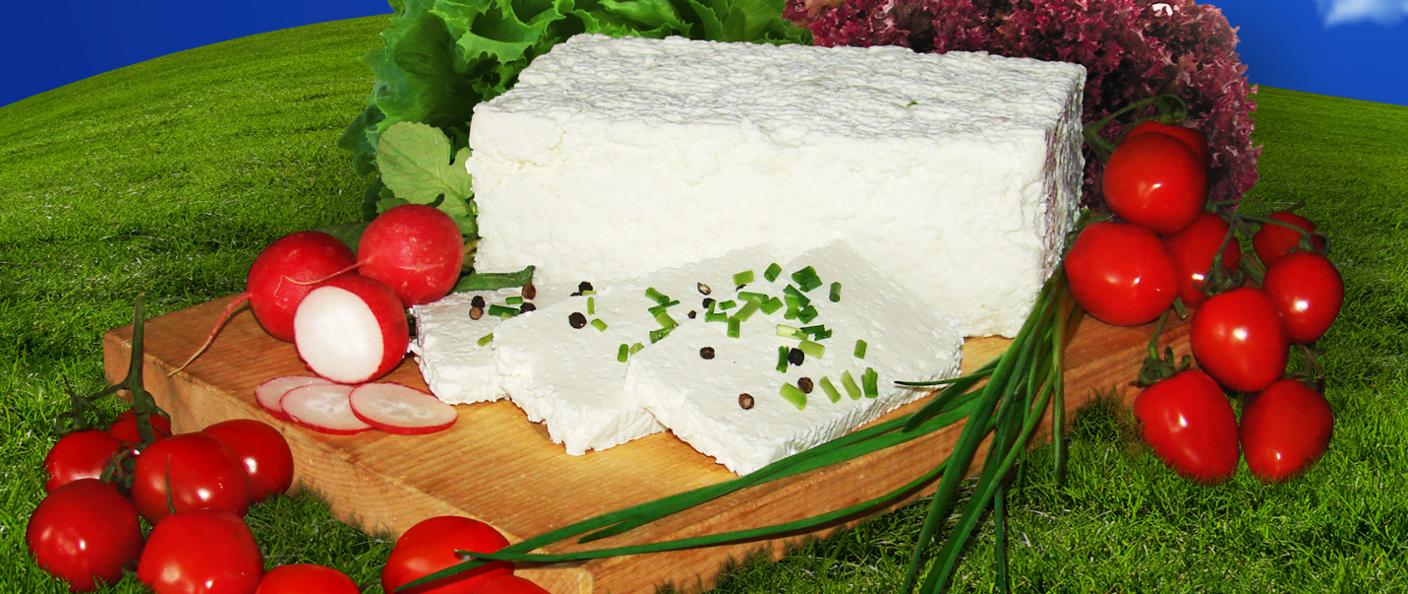


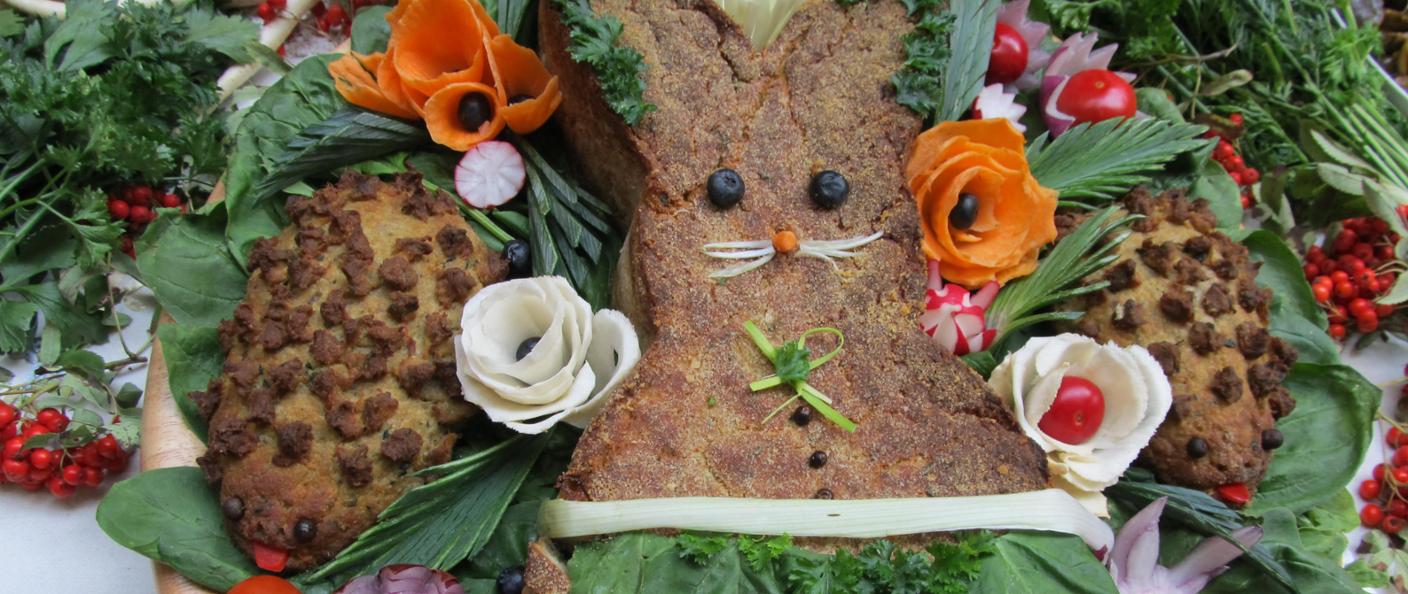


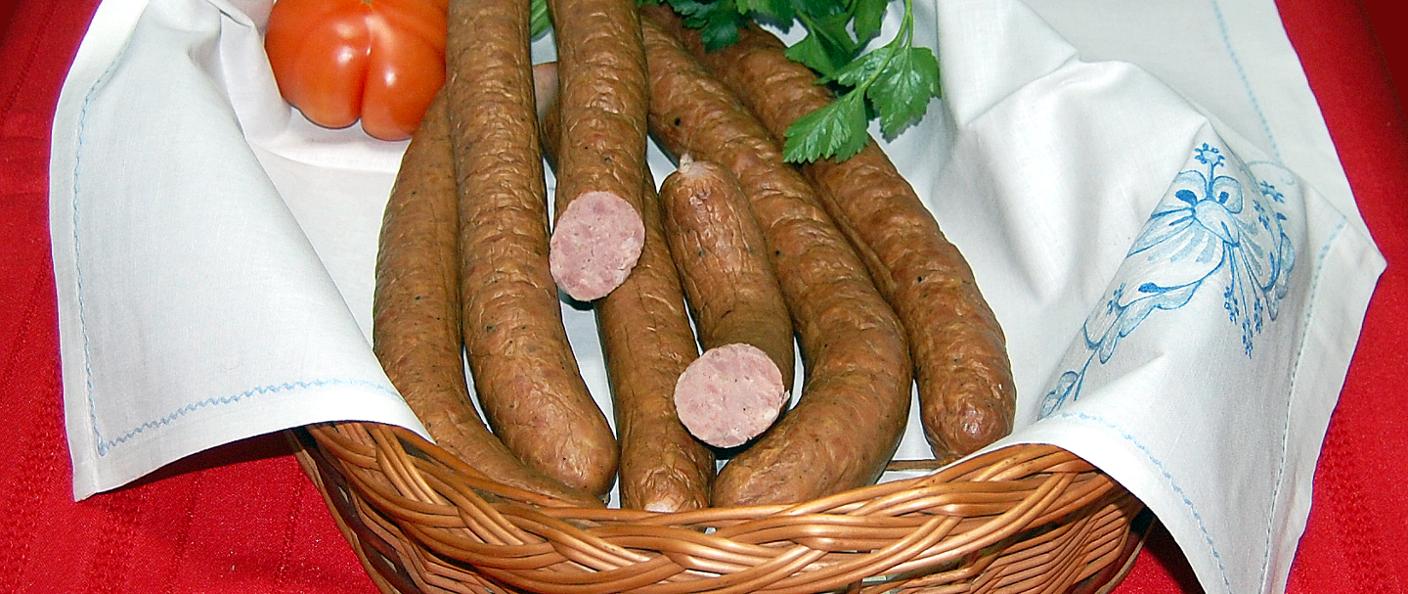
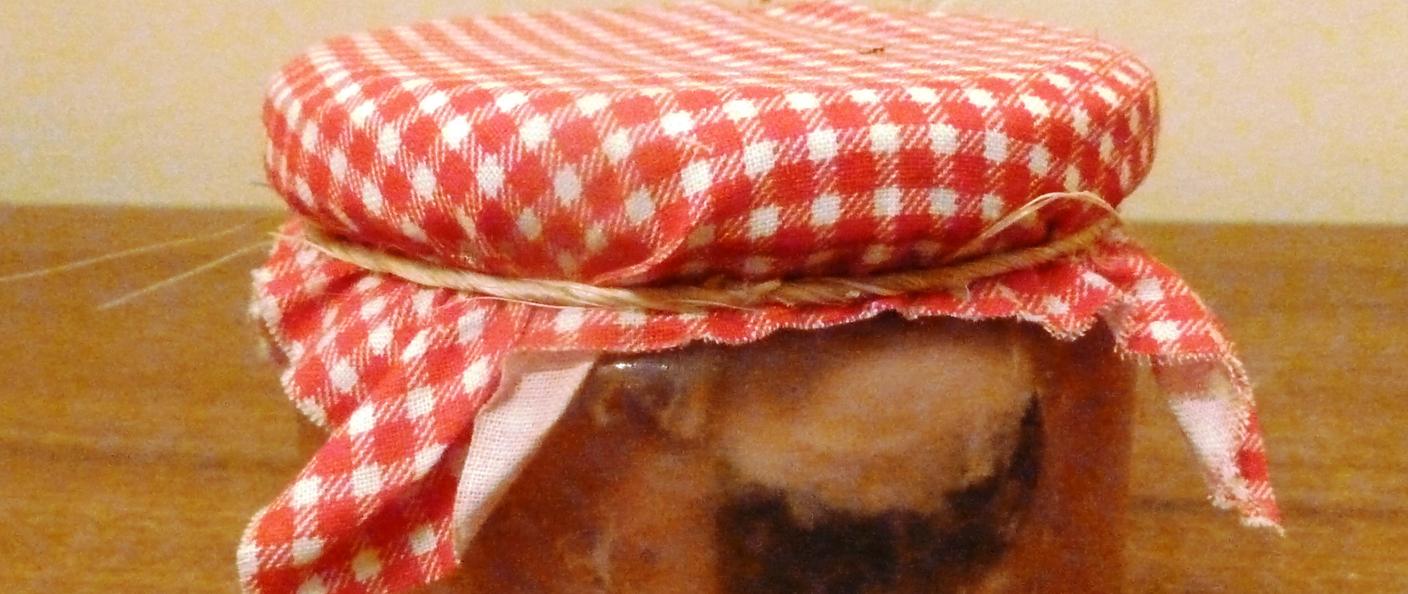


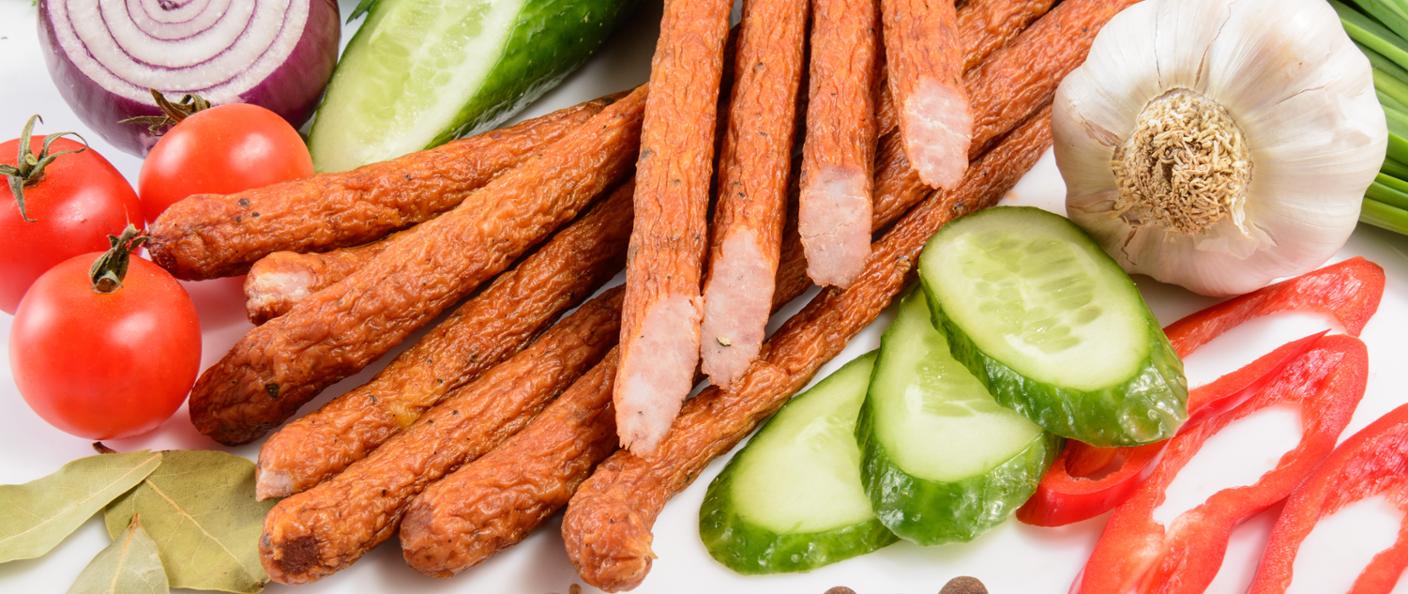

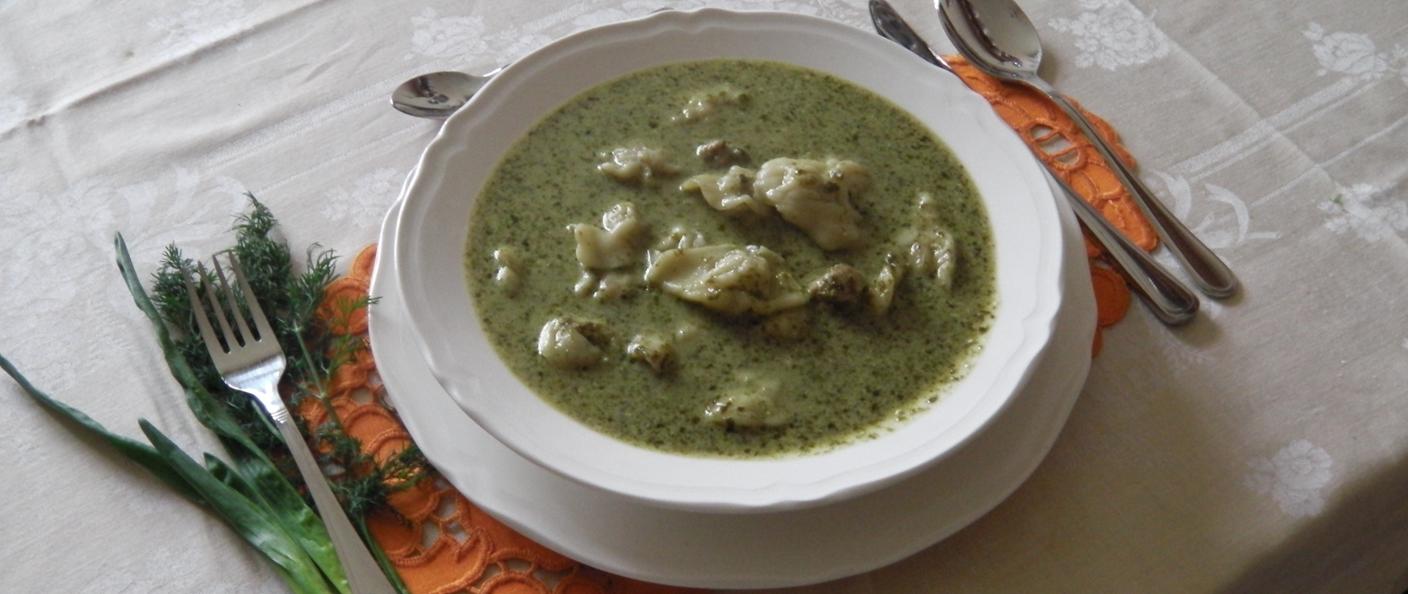
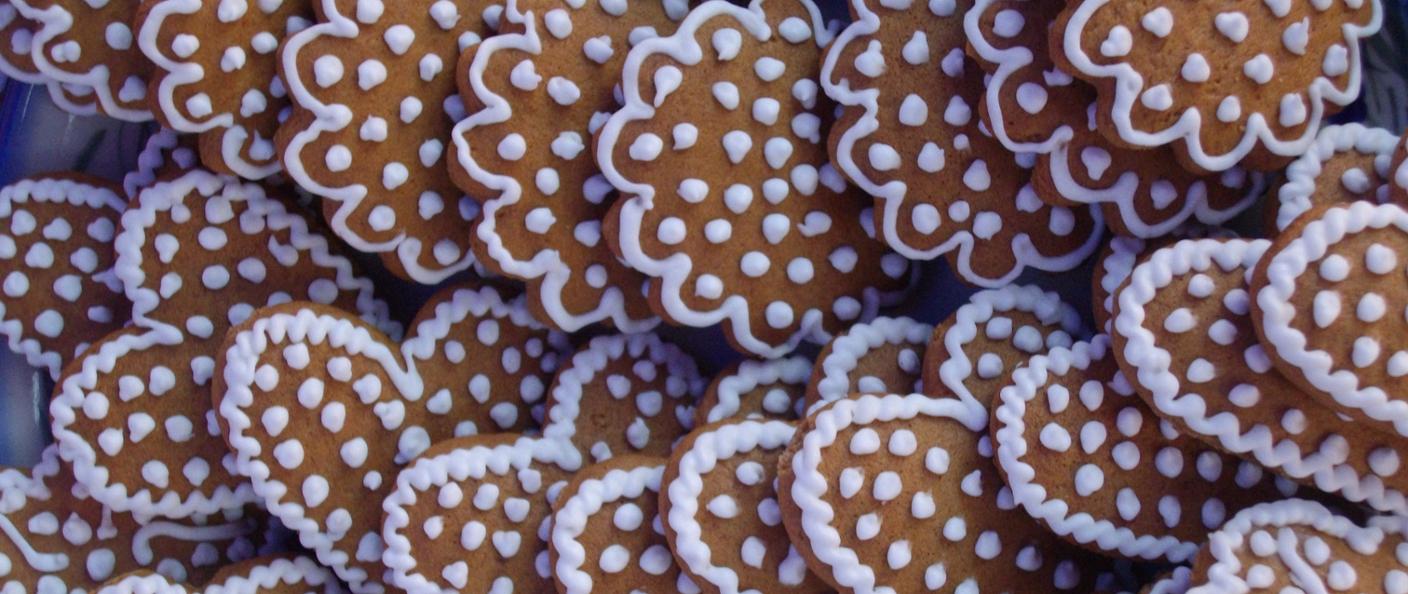
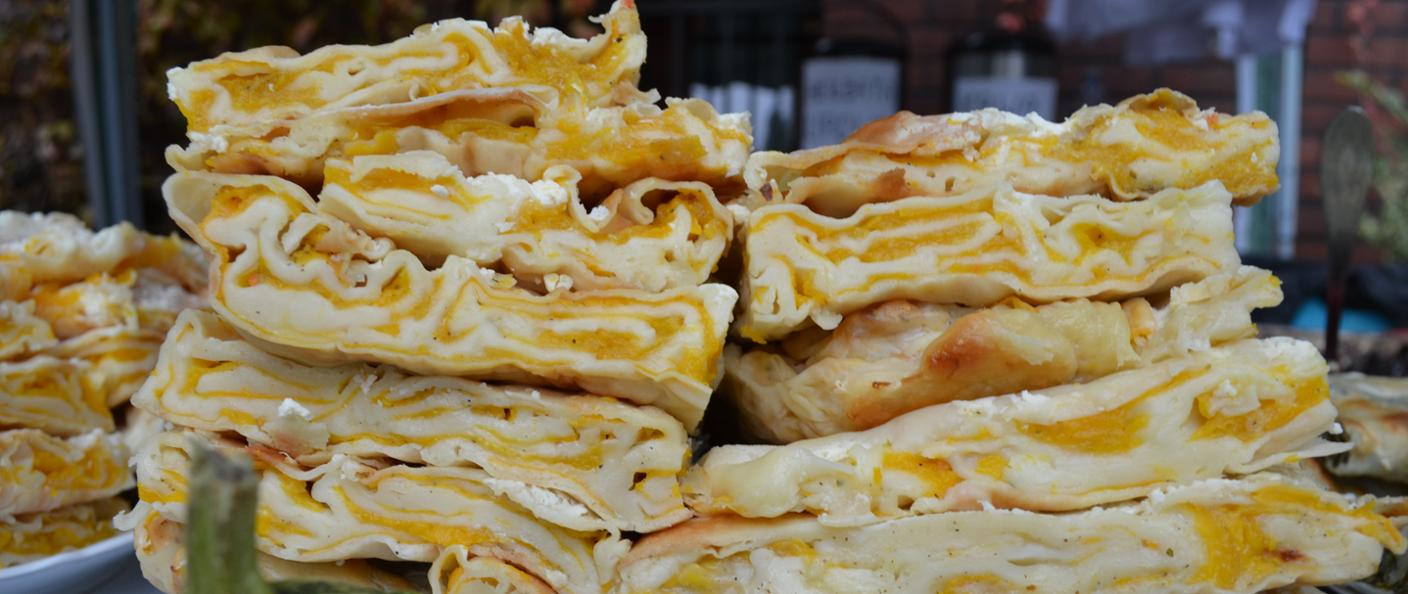
1. Cabbage leaves stuffed with buckwheat groats, smoked bacon, eggs, cooked and mashed potatoes, onion, garlic, pepper and salt, from the village of Krużewniki (in Polish: Czarne gołąbki krużewnickie)
In cross section these stuffed cabbage leaves look almost black, which is why the Polish name for the course contains the word 'czarny’, 'black’. The dish is specially prepared for the participants and guests of the Comedy Film Festival held every year in the town of Lubomierz. It is a dish typical for areas of what is today Ukraine, but which before the Second World War were part of Poland. When Ukraine was incorporated into the Soviet Union at the end of the war, Poles living there were forced to relocate to Poland, particularly to the south-west of the country, including Lower Silesia (these being the so-called 'Recovered Territories’). They took over the majority of the properties left by the former German inhabitants, who had departed for Germany, and began a new life. Being from the eastern outskirts of Poland, they brought their own traditions, culture and cuisine to Silesia and such dishes as stuffed cabbage leaves (in Polish: gołąbki) and the wide variety of stuffed dumplings (in Polish: pierogi) are a living part of this heritage. The village of Krużewniki is a mythical one. It is located beside the Bug River and is original home to Kargul and Pawlak, the two main characters of the very best of Polish comedy, a series of three films in which the pair are relocated and arrive in Lower Silesia. Some scenes of the trilogy were filmed in Lubomierz, where Kargul and Pawlak enjoy their own museum and street.
2. Silesian Heaven (in Polish: Śląskie niebo)
Slices of kasler (corned, smoked and baked pork meat) and bacon covered with a sauce of such dried fruits as apples, plums, apricots and pears and served with special steamed noodles or a sliced yeast-raised cake called 'knedel’.
3. Keselica
A soup typical for the Lemkos of the Carpathian Mts. Owing to persecution, a part of this ethnic group were in 1947 forced to move to Poland, with some living in Lower Silesia in the area of the Lower Silesian Old-Growth Forests (in Polish: Bory Dolnośląskie) and in the village of Przemków. Keselica is a sour soup strongly flavoured with caraway seed and bay leaf and with a garlicky aroma. It is served for church holidays (during Lent) and at family celebrations with potatoes and fried onion.
Zgorzelec Cheese (in Polish: Ser zgorzelecki)
Zgorzelec Cheese is produced from goat’s and sheep’s milk, and in Poland also from cow’s milk. It is stored in stone casks filled with brine made from sea salt acidified with whey. Its production is closely associated with the Greek immigrants who have made their home in the town of Zgorzelec.
1. Milicz Carp (in Polish: Karp milicki)
Milicz is a town in the Barycz Valley about 60km from Wrocław. For 700 years the Milicz area has been famous for its carp breeding, with this linked to the Cistercian monks for whom fish was a staple food. Carp from Milicz is well-shaped and well-profiled, with regular scales, powerful muscles, sharply outlined fins and a small head and whiskers. A fish should weigh 1-2kg. The carp has vivid colouration, with a green-black dominant on its back and a yellowish underbelly. It is extremely slippery as it is covered with large amounts of protective mucous, yet does not have a slimy flavour. Carp meat is 16-20% full-value proteins, 2-7% fat and contains phosphorus, calcium, potassium, magnesium and micro-elements. It is 50% less calorific than beef when eaten in the same quantity.
1. Mt. Ślęża Sauerkraut (in Polish: Kapusta kwaszona ślężańska)
Mt. Ślęża is a peak belonging to an isolated massif located about 40km from Wrocław. It forms part of the Mt. Ślęża Landscape Park and is geographically an element of the Sudety Foreland. Depending on the length of time for which it is soured, sauerkraut (or sour cabbage) may be a light cream in colour and slightly sour with oblong threads of cabbage and small amounts of carrot. It is a precious source of vitamin C, while the juice improves appetite and digestion, has therapeutic effects on the liver and gall bladder, helps in the treatment of rheumatism and arteriosclerosis and is in general strengthening. The lactic acid formed through souring has antibacterial properties.
2. Mt. Ślęża Sour Cucumbers (in Polish: Ogórki kwaszone ślężańskie)
Mt. Ślęża is a peak belonging to an isolated massif located about 40km from Wrocław. It forms part of the Mt. Ślęża Landscape Park and is geographically an element of the Sudety Foreland. Sour cucumbers (or pickled cucumbers) are, as the name suggests, sour in flavour, with distinct notes of garlic, fennel and horseradish. The cucumbers used in the souring process come from small vegetable gardens, while the proportions of the remaining ingredients (water, salt, garlic and horseradish leaves) are recurrent. In the 17th century, oak barrels produced at the workshops of local coopers were used for the souring of cabbage and cucumbers.
3. Ścinawa Cured Cucumbers (in Polish: Ogórki konserwowe ścinawskie)
The area lying around the towns of Legnica and Ścinawa is a cucumber paradise and has been famous for its cucumber crops since the 19th century. Every stage of the curing process is performed by hand, from the washing of the cucumbers, to their being placed in glass jars to their pasteurization in traditional tubes. They contain no artificial preservatives. The cucumbers are fresh and drawn from small vegetable gardens where the soil is fertilised solely with organic fertilizers of animal origin, and where the harvest is also gathered by hand; chemical agents are not used. Additional ingredients are a mixture of herbs, fennel, carrot, mustard and horseradish.
1. Silesian Wine (in Polish: Wino śląskie)
Winemaking traditions in Silesia stretch back to medieval times, and are especially rich around the town of Środa Śląska. Silesian wine comes in two forms, white and red. The white wine has a greenish or light straw-coloured tint, while the spectrum of the red wine varies from ruby to dark red, sometimes with a carmine and violet tint. The white wine has a clear fruit flavour while the red has a touch of oak, with the white 11-12.5% alcohol and the red 12.5-13.5%.
2. Juha
Juha is a dried fruit compote served as a course on a traditional Lemko Christmas Eve. It is prepared specifically from dried apples, pears and plums.
1. Yeast cake with butter crumble from the Land of Kłodzko (in Polish: Ciasto z kruszonką z Ziemi Kłodzkiej)
This extremely popular, typically Silesian yeast cake consists of a layer of poppy seed or cheese in winter or seasonal fruits (such as plums or apples) as they appear. The tradition traces back to the 19th century when the Land of Kłodzko belonged to Germany, and in German culinary tradition this cake is known as Sträselkuchen, with the variety using plum called Pflaumakuchen. The topping is a golden butter crumble. Although a traditional cake originating from the Land of Kłodzko, it was also very popular in Wrocław (then named Breslau) in the 19th century, particularly with cinnamon crumble.
2. Gogołowice Bread (in Polish: Chleb gogołowicki)
A dark bread with a base covered in rye flour, this is soft, moist and springy within and has a thick, hard and crispy crust. This bread is leavened with sourdough starter and baked on the leaves of the horseradish or cabbage in a chamotte brick oven burning beech or alder wood. It retains its freshness for a considerable time, up to as much as two weeks. The grain used comes from private farmland, the water from a deep well. Before the Second World War this bread was baked in the village of Hucisko in what is today Ukraine by the ancestors of a family now living in the small village of Gogołowice near the town of Milicz.
3. Begle
These are circular or oval rings formed of baked dough, a variety of bagel. They are not quite the same as the bagel (in Polish: bajgiel) of 17th century Jewish tradition. They are also not identical with the pretzel with its figure of eight shape (the shape derives, according to legend, from a baker who made small treats of leftover dough for children who learnt a new prayer, said with their arms crossing their chest) nor the famous 'obwarzanek’ (a symbol of the Polish city of Cracow, made of plaited dough giving the impression of a spiral structure). Begle come from Silesia, more precisely from the Land of Kłodzko, and were baked during Lent. These round pastries were made for children travelling from house to house on the second Sunday of Lent with flowers decorated with colourful blotting paper ribbons and singing a song entitled Sommersingen.
1. Zacisze Whole Roasted Pig (in Polish: Świnka pieczona po zaciszańsku)
Zacisze is a village by the Kwisa river not far from the town of Lubań and Gryfów Śląski. The pig is baked whole on a bonfire of wood from a deciduous tree, with the roasted and smoked meat having browned, crispy skin and the scent of herbs.
The Pearls are awards honouring regional products entering the Polish national competition Our Culinary Heritage. The Lower Silesian laureates are as follows:
1. Delicacy of Galicja (in Polish: Przysmak z Galicji)
This is a culinary delight produced by a family run business with the name Galicja, meat cured in jars according to traditional recipes from the early 20th century.
2. Chokeberry Infusion (in Polish: Nalewka z aronii)
This infusion is produced at an eco-farm in the small village of Jarków in the Land of Kłodzko. The infusion Aronia Losu gains its flavour from ripe chokeberries covered with a thick syrup of water, sugar and 96% spirit.
3. Smrodina Blackcurrant Infusion (in Polish: Nalewka czarnej porzeczki)
The word 'smrodina’ is a typical regionalism and denotes a blackcurrant.
4. Smoked Milicz Carp (in Polish: Wędzony karp milicki)
Milicz Carp may be smoked and was in the past a true aristocrat among the carp dishes eaten by politicians and at the highest strata of society. The fish is sliced and each piece smoked over beech wood.
5. Ścinawa Cured Cucumbers (in Polish: Ogórki konserwowe ścinawskie)
The area lying around the towns of Legnica and Ścinawa is a cucumber paradise and has been famous for its cucumber crops since the 19th century. Every stage of the curing process is performed by hand, from the washing of the cucumbers, to their being placed in glass jars to their pasteurization in traditional tubes. They contain no artificial preservatives. The cucumbers are fresh and drawn from small vegetable gardens where the soil is fertilised solely with organic fertilizers of animal origin, and where the harvest is also gathered by hand; chemical agents are not used. Additional ingredients are a mixture of herbs, fennel, carrot, mustard and horseradish.
6. Sweet Cherry Jam from Gajów (in Polish: Dżem czereśniowy z Gajowa)
Gajów is a small village near the town of Radków, a few kilometers from the Table Mts. National Park. The jam is produced by Ms Józefa Burlita, who manages the U Ziuty agrotourism farm and is famous for use of produce from her own fruit garden. This old German recipe was found accidentally by her neighbour while cleaning up the loft.


